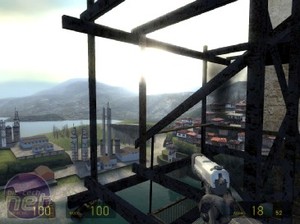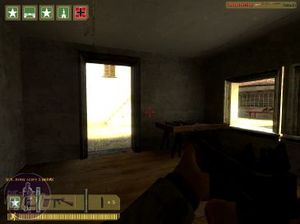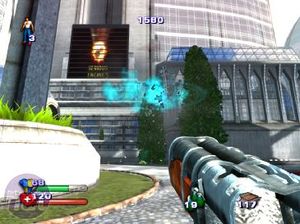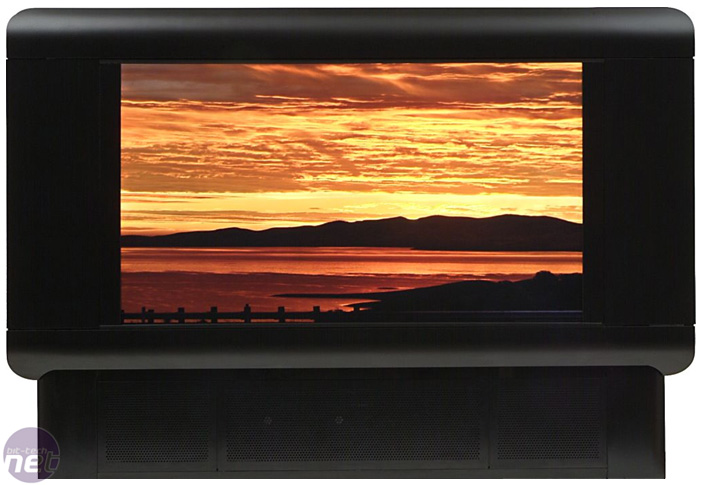

Introduction
In recent years, there has been a changing of the guard in display technology. LCD & plasma screens have replaced the century-old Cathode Ray Tube (CRT), bringing us large-yet-thin displays used everywhere from lounge rooms to shopping malls; newsrooms and airports.Yet tucked away in an anonymous office building in Vancouver, Canada, there is an almost equally big revolution in display technology taking place. In the neat, open-plan offices of BrightSide Technologies, a team of researchers spun off from the University of British Columbia have developed the world's first true High Dynamic Range (HDR) display.
In a recent visit, bit-tech was granted Access All Areas, and the experience was, if you can excuse the pun, enlightening.
HDR in games
High Dynamic Range rendering is the latest graphics-industry technobabble that promises to bring computer graphics a further step closer to photo realism.Much has already been written about the HDR in games: Crytek were the first with their Bloom in Far Cry 1.3, followed by Ubisoft's Splinter Cell: Chaos Theory. Recently, Valve have been something of an ambassador of HDR, wowing the world with Half-Life 2: Lost Coast, and adding HDR into all future releases, starting with Day of Defeat: Source, and really set to shine later this year with the Half-Life 2 expansion, Aftermath.




Clockwise from top left: Half Life 2: Lost Coast; Day of Defeat: Source; Brothers in Arms; Serious Sam 2.
Every major developer / publisher we spoke to has at least one title in the pipeline that features HDR: Ubisoft's WWII shooter Brother in Arms; EA's Need For Speed: Most Wanted; Croteam's Serious Sam 2 to name just three. Contrary to popular belief, HDR gaming does not require Shader Model 3.0 to run, meaning anyone with a reasonably modern graphics card has a chance to enjoy HDR (depending on the exact implementation of HDR chosen by the developer). True, those with 9600XT-level cards will be lucky to achieve a playable frame rate, but they will certainly be able to see the difference HDR makes to their in-game visuals.
The only catch with all this software HDR is that it can only really simulate the experience of true HDR, due to the limitations of every existing display on the market, both LCD and CRT. Both inherently have a Low Dynamic Range (LDR) by design, so viewing HDR content on them is like watching a standard definition video on a HDTV - you just don't see the full benefit of the technology.

The BrightSide DP37-P: the future is indeed bright.
To explain why, we're going to have to don our white lab coats and get all techie, starting with understanding how existing display technology ticks. Pocket protectors ready? Let's dive in then.

MSI MPG Velox 100R Chassis Review
October 14 2021 | 15:04








Want to comment? Please log in.